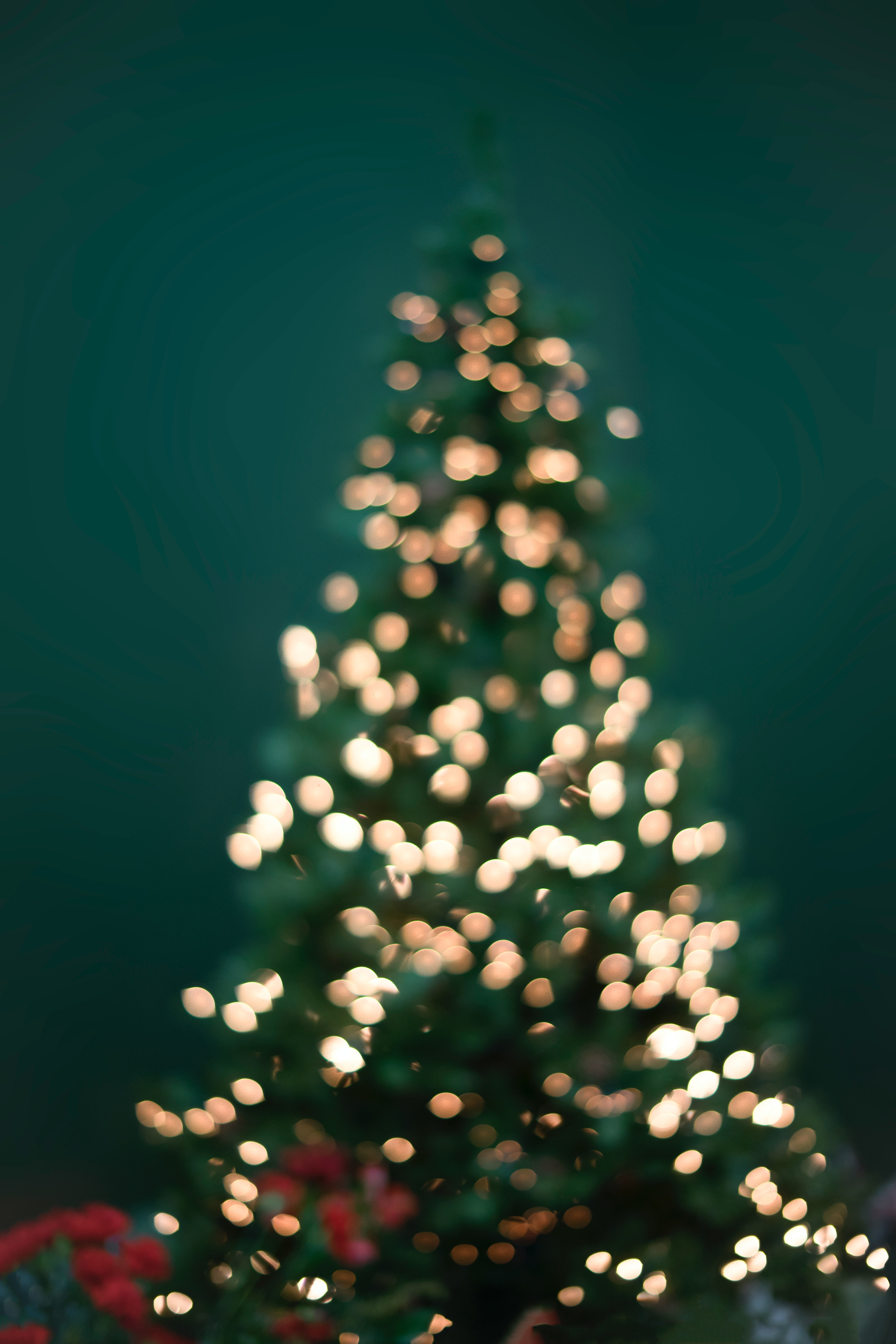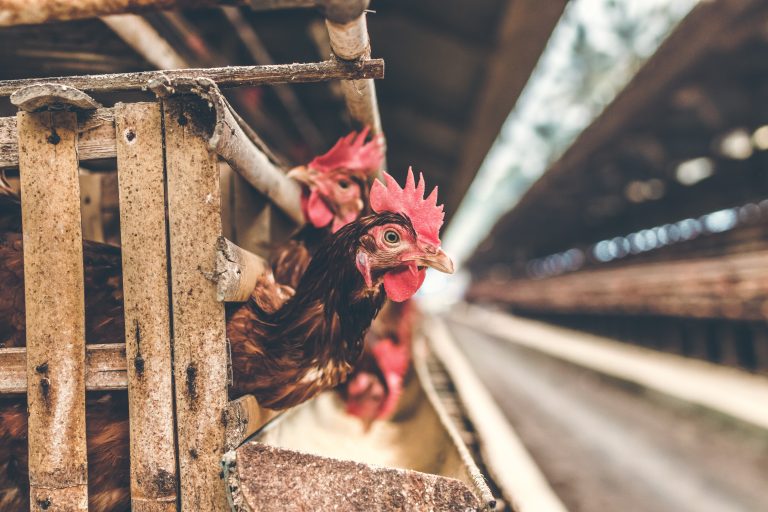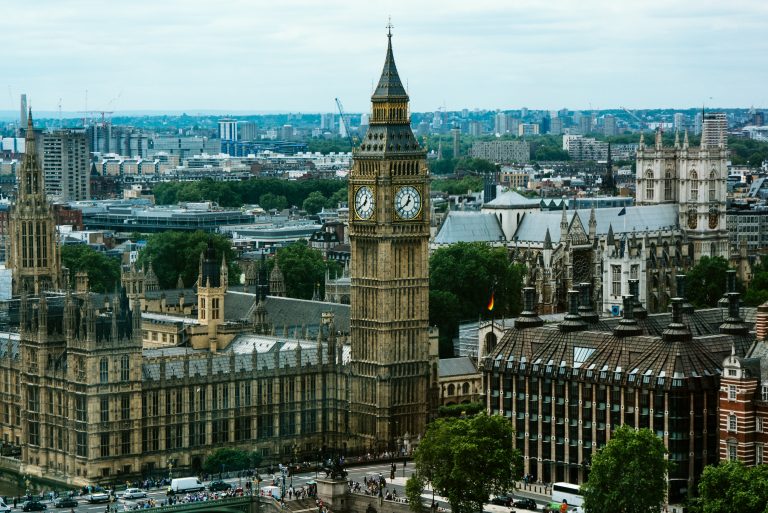The Economics of Choosing a Green Tree for Christmas

As Christians across the world get ready to celebrate Christmas, the debate over whether that celebration should include a fresh cut tree or a manufactured tree made of plastic is once again on the table. This year the discussion takes on new complexity as supply chain disruptions wreak havoc with inventories of both, but especially for fake trees. For weeks, retailers have been warning shoppers to buy their trees early to avoid disappointment, while renewed interest in addressing global warming has encouraged many buyers to rethink just what is right for them and for the environment. The majority of the world’s fake trees are produced and exported from China raising concerns that that not only do these trees produce pollution in the production process, but also additional carbon emissions related to transportation. In contrast, fresh cut trees typically travel shorter distances, and of course do not have the same pollution issues in production. Yet, even these trees can be problematic for the environment as fertilizers produce contaminants and the tractors and other machinery used in the growing and harvesting process create additional pollutants. Then there are the discussions about what happens once the holidays are over. Is it better to throw the real tree on the curb to wait for the merry mulch truck to chop it into tiny pieces so that it can be reused to carpet the local playground, even if the truck spews out polluting CO2 in the process? Or is it better to put the fake tree from China back into the attic for next year, knowing that when you pull it out again, you might decide to throw it on the curb to be taken to the local landfill where it will slowly release dangerous gases for centuries?
According to Britain’s Carbon Trust, the answers to these questions are complicated. Their analysis shows that the carbon footprint of a real tree including the fertilizers, tractors, and so on involved with growing and harvesting a tree is about 5 kg or the equivalent of driving 22 miles in an average car. That carbon footprint jumps to 40 kg for a plastic tree manufactured and exported from China. It might seem from this analysis that the fresh cut tree is the clear winner, yet the analysis does not factor in that the fake tree might be used for many years while the fresh cut tree is single use. Indeed, the American Christmas Tree Association suggests that the breakeven point when it comes to the environment is about 5 years. So, if that fake tree is still looking good in year six, you win the environmental debate. Renting or buying a live tree is another option for some, but if doing so involves more than a 22-mile drive, it may not actually be any better for the environment. Some are now turning to eco-trees made from waste materials, but others find the stark, nontraditional silhouettes of these trees less appealing and more expensive. In the end, many will decide to embrace their inner Clark Griswold and go in search of the biggest trees they can find, while others, like Charlie Brown, will lament the growth of the fake tree industry, leaving the debate for another year.
Discussion Questions
- For some, Christmas would not be complete without the trek into the snowy woods in search of the perfect tree to bring home to decorate. For others, putting up the Christmas tree involves the simpler (and warmer) option of a short walk to the basement or attic to haul out last year’s fake tree. Discuss these two scenarios as they relate to environmental economics. Can a discussion of buying a fake tree versus a live tree be reduced to a simple mathematical analysis of the factors of production and cost or should the intangibles of the experience be included as well?
- Some environmentalists are encouraging people to consider buying trees made from recycled materials slotted into wooden poles. Is a recycled tree like this a true substitute for a the more traditional Christmas tree, whether fresh cut or fake? Discuss. If the recycled tree is produced and exported from China, is it really any better for the environment?
- Consider the economics of the fresh cut tree industry. The trees being cut for Christmas this year were planted about 10 years ago, forcing growers to forecast demand, withstand climate events like droughts or floods, gauge changing consumer preferences, and so on, all while waiting for a decade to see a return on their investment. In contrast, it takes just a few minutes to produce a tree made from plastic. How can tree growers compete? Do buyers have an obligation to support local growers over workers in China?
Sources: The Times: Real v plastic: which Christmas tree does the eco fairy prefer?; CNN: Natural vs. artificial: Which Christmas tree option is better for the climate?; Photo by Rodolfo Marques on Unsplash













